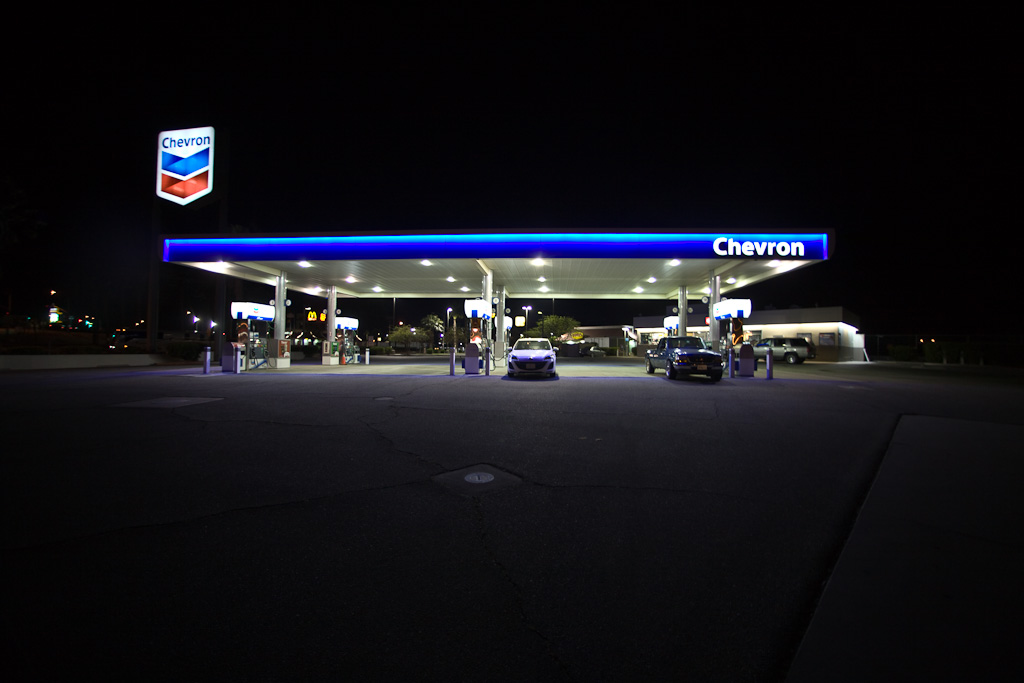As I found out the hard way with my first summer job – the cost of putting diesel in a petrol tank is that the engine needs to be pumped and the vehicle is out of circulation for the duration.
A simple and effective way to avoid putting the wrong type of fuel in the tank (photo below) is by ensuring the diesel nozzle doesn’t fit the entrance to the petrol tank and vice versa. For frequently completed, necessary-but-boring tasks it is common for people to ‘switch off’ and revert to rote learned behaviour during and my 5am error is tempered by the knowledge that this is probably a common enough mistake. The volume of errors could be further reduced by the petrol stations standardising the position, colour and texture each kind of fuel (diesel, unleaded, 87, 89, etc) at the fuel pump. A lot to ask given the replacement cycle. For any given task when and how to interrupt the task flow? How does the severity of ‘getting it wrong’ affect the type of interruption?
Which is kinda straightforward with todays mature interfaces – from desktop metaphors to petrol pumps, but becomes a world of new opportunities as we rapidly layer and encode information on the world around us. Think augmented reality + head mounted displays + compelling immersive content + a remote OnStar type operator. Start with the practical (filling a petrol tank) before moving onto the subjective (choosing shoes to go with an outfit) and tread carefully when thinking about the social (finding a suitable long term partner). How long before OnStar applies their insights from running remote monitoring services into the emerging augmented reality space?
Kinda incidentally I’ve got a patent pending on a system for refilling fuel cell powered devices that first checks what kind of fuel the device requires before starting the refilling process and automatically billing the users account. When it comes to fuel you just want to press and go. If you can stand the legalese, the patent co-authored with my Tokyo research lab colleague Shogo Nakade is explained on the US patent office site.

